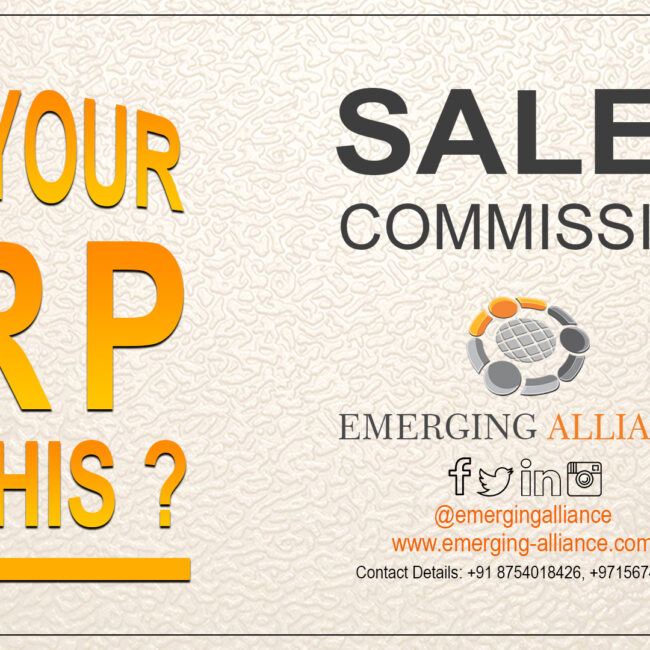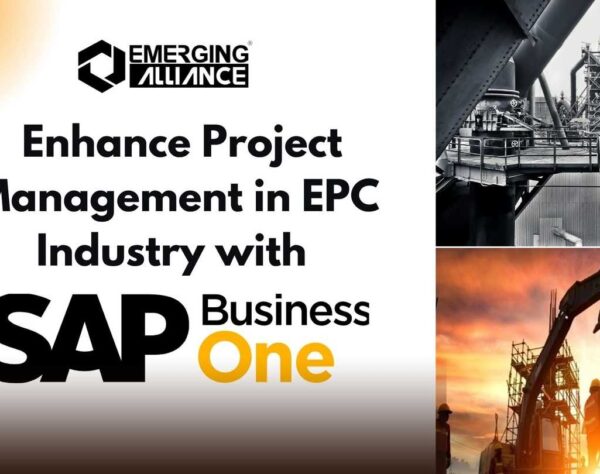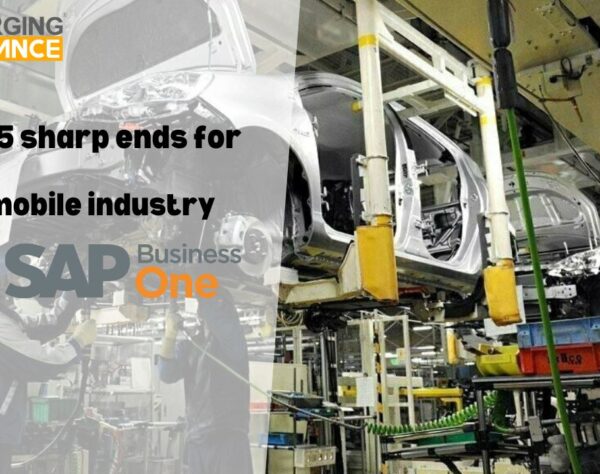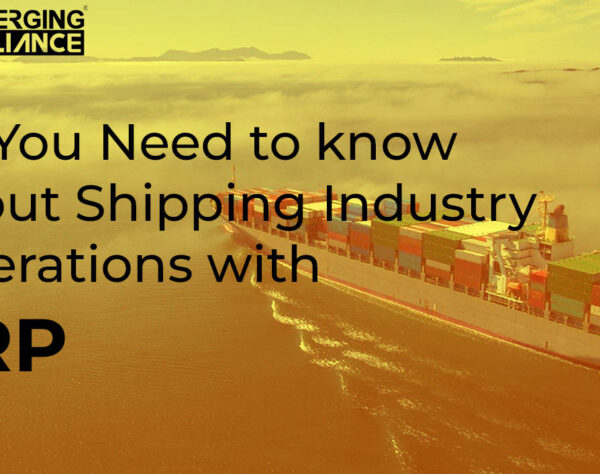TOP 8 ERP IMPLEMENTATION BLUNDERS & HOW TO AVOID THEM
TOP 8 ERP IMPLEMENTATION STEPS :
For many organizations and businesses implementing an ERP can be a huge venture. Most of them end up helping your business by improving your productivity, streamlining your workflows and processes, helping you decrease costs and maximizing your ROI. However, a very few companies face challenges when trying to get all the pieces of an ERP to work together in harmony.
How many times have you heard horror stories about ERP implementation projects that overran their budgets or took longer than expected? An error-prone ERP implementation can be disastrous and prevent you from gaining the most from the use of your ERP. To help prevent that from happening, here is a list of 8 most common ERP mistakes and how you can avoid them.
1.Failure to plan and define requirements:
Without proper planning, anything is bound to fail. When you jump head first without proper planning and analyzing of what your requirements are, you are bound to hit rock bottom. Underestimating the time and resources required to implement an ERP usually can put you in the spot.It is essential to have an internal audit of processes where the new ERP software can fit best. It is also recommended and ideal that you place it in the safe hands of a good ERP implementation partner like Emerging Alliance, with the much needed expertise to provide proven design and deployment measures for your new ERP to avoid further hiccups down the road.
2.Unrealistic expectations and demands:
3.Not taking advantage of all program features:
5.Lack of leadership and team engagement:
Implementing a new ERP solution in your business will drastically change the way most of the users and all your employees operate, It takes both hands to clap and make a sound. One being out of loop from the other is going to cause a huge rift. It is essential that we all work together in harmony. A collaborative environment should be encouraged, one that helps your team to adapt swiftly and work together.
6.Not providing employees with a formal training:
Most businesses make the biggest blunder of assuming that their employees will simply adjust and adapt to the new ERP solution. However, these software solutions provide a whole lot and can be a tad bit complex to use out of the blue. Some basic training along with live demonstrations can help your employees get accustomed to the various features of the new software.
7. Not choosing the right ERP:
8. Neglecting to create a maintenance strategy:
Post a Comment
You must be logged in to post a comment.






